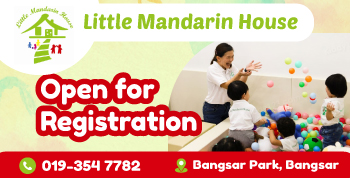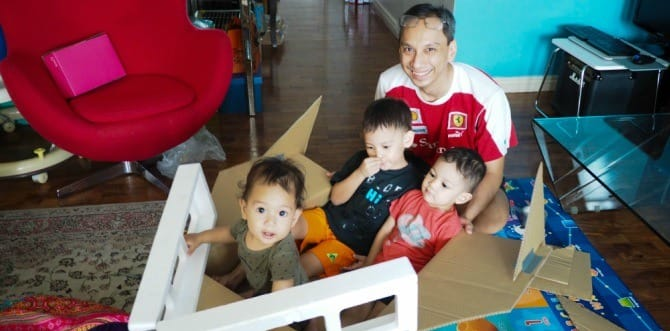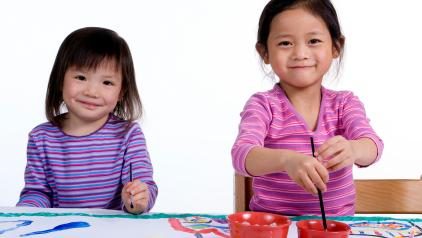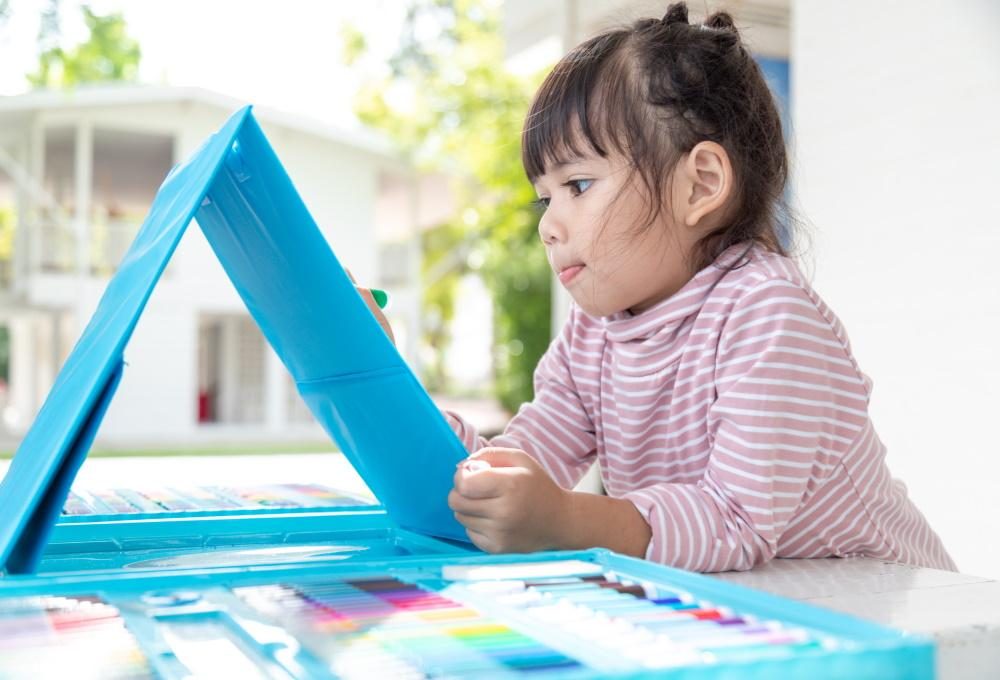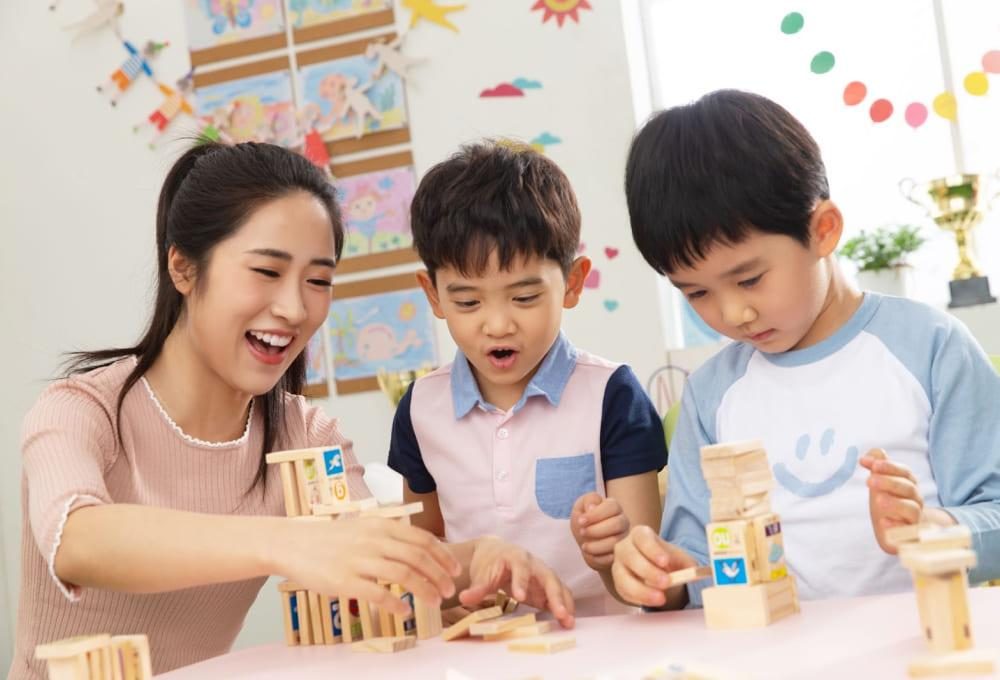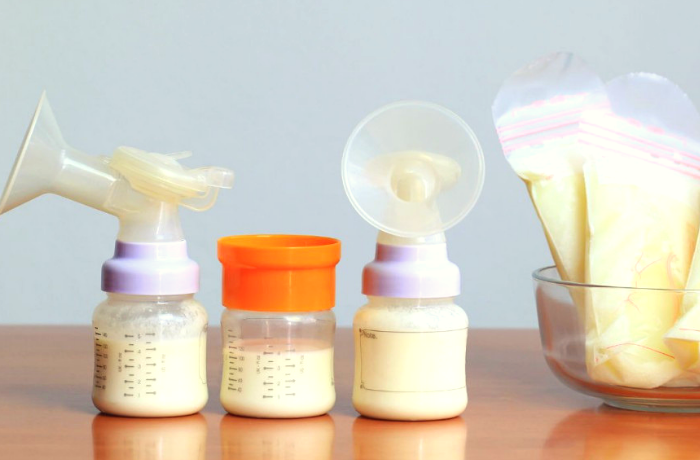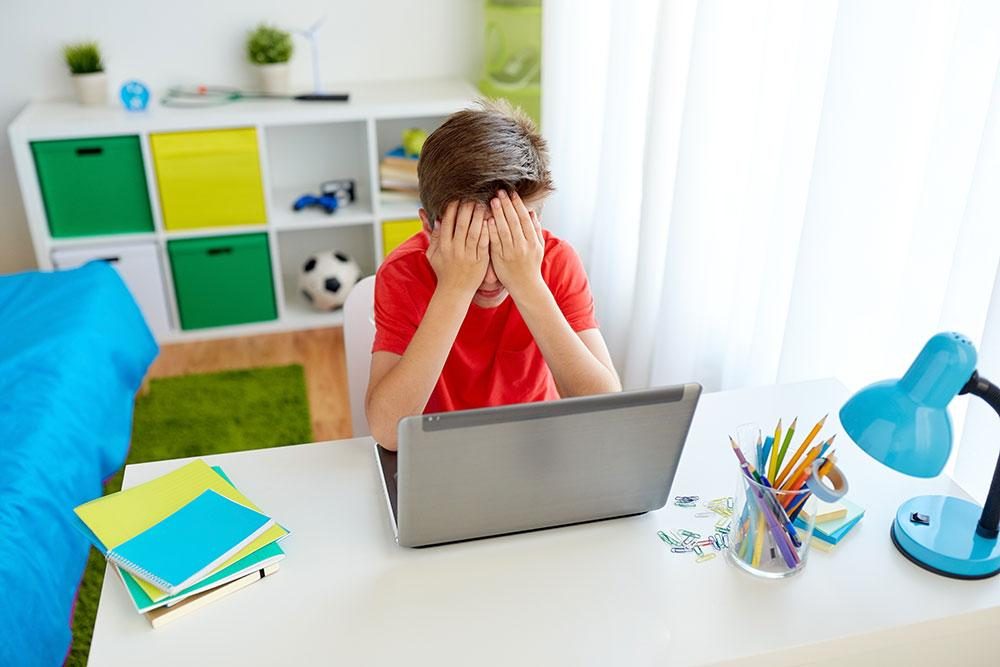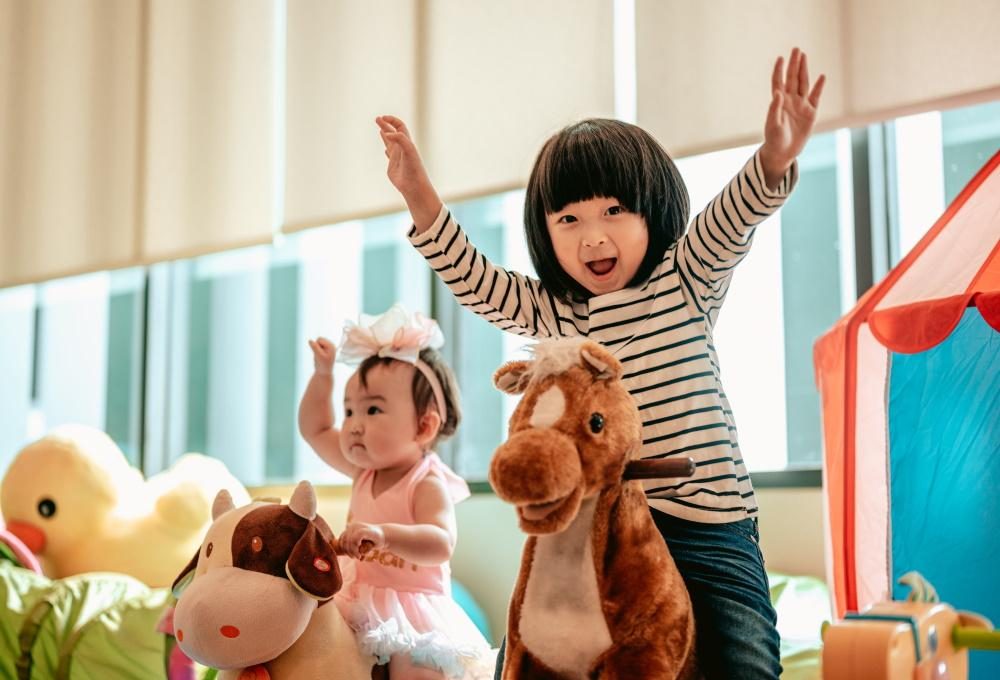Sensory Integration in Preschools
by on 08/03/2018 ...
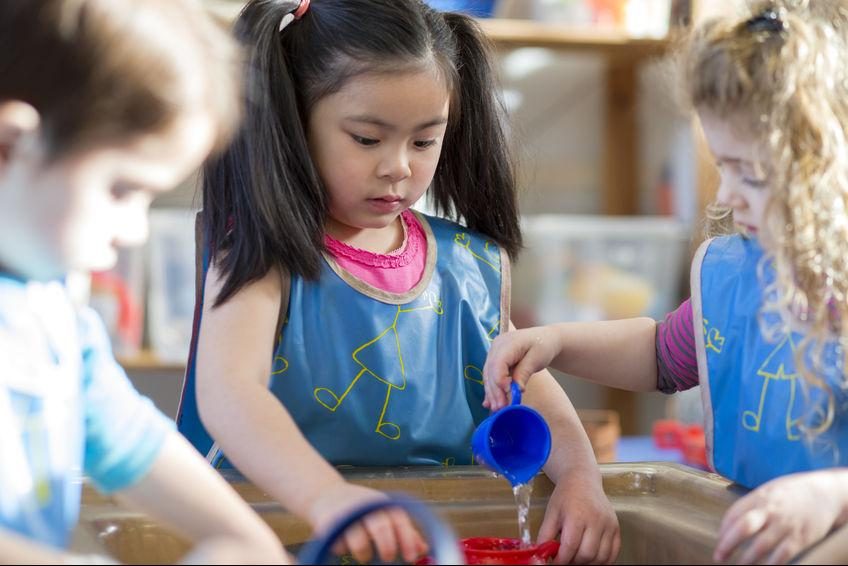
Sensory integration is the process by which we receive information through our senses. How we organise this information and how we use it to participate in everyday activities in a meaningful and consistent manner.
We have more than 5 senses
We are all familiar with our five senses – sight, hearing, smell, taste and touch. However, do you know that we also receive input through two additional senses, the vestibular sense and the proprioception sense? The vestibular sense, or the movement and balance sense as it is commonly known, gives us information about where our head and body are in space. It enables us to stay upright when we sit, stand and walk. Proprioception, or body awareness sense, tells us where our body parts are relative to each other. It also gives us information about how much force to use in certain activities, such as allowing us to crack open an egg without crushing it in our hands.
Sensory Integration and Brain Development
Sensory integration is important to children’s brain development because as they grow and are exposed to a multitude of sensory inputs, they will gradually learn to organise them within their brains and hence are able to give meaning to them. They become better able to focus on one sensation and as a result the performance improves. Their movement changes from being clumsy to more refined and they are able to manage multiple sensory inputs at the same time. By organising sensations, the children can control their responses and therefore are more connected with the world and are able to control their emotions. When this happens, the children will show appropriate behaviours, emotional reactions and self-regulation. They are able to sit and focus in a classroom and therefore are able to achieve their academic potential, and also achieve progress in social development.
According to the Montessori Theory, the most important sensitive periods for a child occur between birth and age six. In other pedagogies, sensitive periods are commonly referred to as windows of opportunity or developmental milestones. During their first six years of life, children move through their sensory phases to developing order, language, sensory skills, movement and social skills. The child must fulfil these sensitive periods in their growing development. These periods are only temporary and fade once the aim is accomplished. Have you ever wonder why your child likes throwing things around or repeating the same story over and over again? I know it could make you crazy or sometimes helpless, but actually these are classic symptoms of sensitivity. As adults, we must try to recognise and support the child’s sensitive periods, provide him with the appropriate apparatus, tools and environment, so that he or she is able to achieve his or her maximum potential.
Signs of Sensory Integration Issues
Many children with sensory processing issues start out as fussy babies who become anxious pre-schoolers. The following are some signs that are typical of sensory processing issues for preschool children. However, they can also be signs for other issues such as ADHD or dyspraxia. It is always advisable to have a diagnosis done by a qualified professional.:
- Emotional reactions, impulsive behaviour, easily frustrated
- Easily distracted, poor attention and concentration, take considerable time to complete simple tasks
- Poor motor skills, eye-hand coordination, balance and handwriting
- Refusal to engage movement-based equipment such as swings, slides and see-saws
- Performs tasks with too much force, has big movements, moves too fast, writes too lightly or hard
- Difficulty engaging with peers and sustaining friendships
- Difficulty transitioning to a school environment
Sensory Integration Activities
Recognising the signs are important. But more importantly, are the Sensory Integration Activities that can provide a lifeline to such children by exposing them to sensory stimulation in a structured, repetitive way. The theory behind this is that over time, the brain will adapt and allow the children to process and react to sensations more efficiently.
The variety of sensory integration activities is endless…….only limited by your creativity and imagination. The following are some of the most basic, most popular and fun sensory integration activities (listed in no particular order):
- Play Doh
- Sand and Water Play
- Play Tunnel / Tents
- Heavy Work Activities
- Vestibular Movement
- Sensory Room
Parents, Teachers and Preschool
Over protective parents who also limit their children’s activities could also in fact hinder their sensory development. Unfortunately, many of these parents are not aware and have the misconception that this is all part of the growing up process. This is evidenced by the increasingly large number of students who cannot focus during lessons, students who cannot complete simple tasks within a stipulated time frame, students who are very emotional and many who will refuse a challenging or physical activity such as running or jumping in the correct posture.
Parents who are aware of their children’s sensory integration problems sometimes do not know how to help them or where or whom to ask for help. The high expenses incurred for treatment is also another contributing factor towards the delay in getting help. Ultimately it is the child who suffers with curtailed development and limited progress.
Teachers and especially preschools who are aware of this Sensory Integration process have started to apply Sensory Integration activities into their daily schedules. This is a sincere initiative to offer parents and students a viable avenue to seek assistance, information and to a certain extent treatment.
Fun Therapy
And the best part about Sensory Integration activities is that they are unbelievably fun. It does not matter if your child has a sensory processing disorder or not, sensory integration activities should be used with any child! In fact, because these treatment activities are so much fun, creative and unique, it doesn’t even feel like “therapy”. Children just think that they are having fun when they are actually working strenuously at building essential skills with their bodies and better neurological systems. It takes a lot of hard work, dedication, consistency and persistence but in the end, you will have a thriving child who can regulate sensory input much more effectively.
Acknowledgement:
This article was produced courtesy of the contributions submitted by Principal Sam of Tadika Dunia Ria Kanak-Kanak, Puchong.















